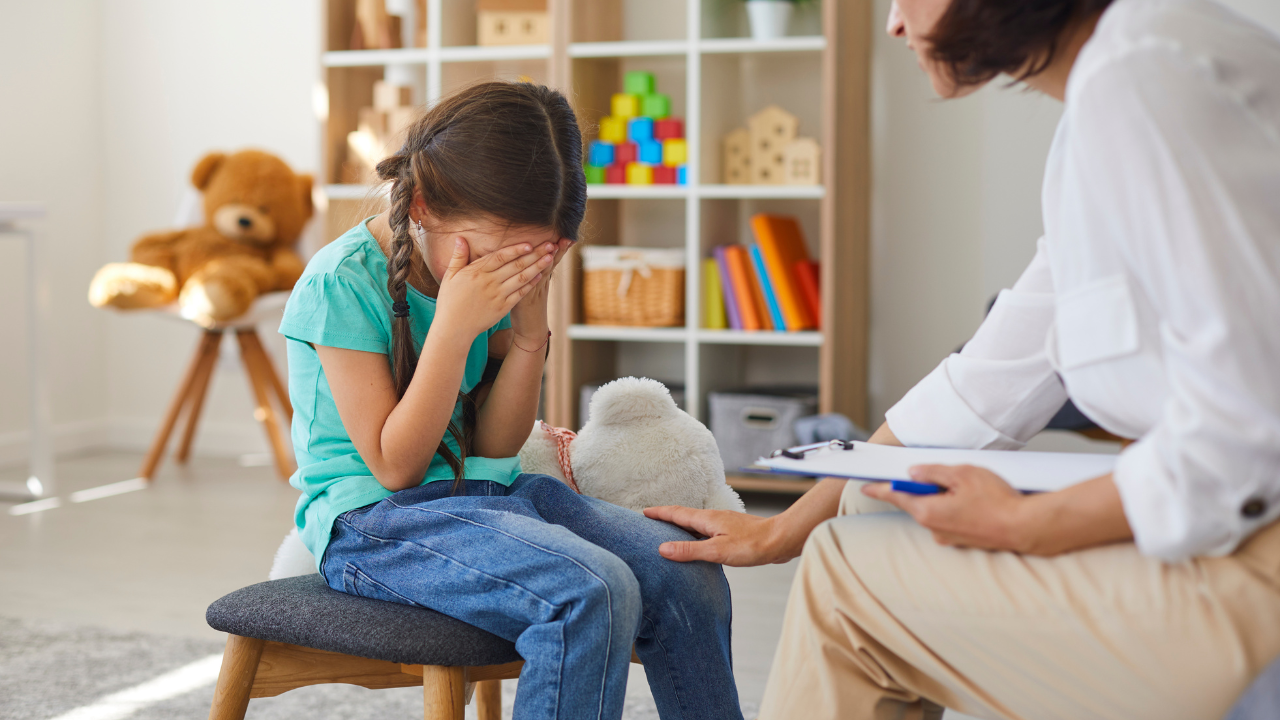
As parents, you don’t always need words to teach emotional strength to your children. By regulating your own emotions silently, you become a living emotional classroom. When calm and responsive, your facial demeanour, posture and rhythm resonate deeply with children, guiding their internal emotional landscape.A U.S. Government-supported study, Parental socialization of children’s dysregulated expression of emotion and externalizing problems (Eisenberg et al.), found that children’s emotional expression and behavioural problems are influenced by parents’ own emotional behaviours. It established that parents’ emotion-related behaviours are linked to children’s regulation of expressivity and externalising behaviours. Simply put, your facial expressions — how calmly or intensely you respond — serve as a silent emotional guide for your child.This was backed by Cambridge review of the study Influence of parenting on child emotion regulation, which stressed that parents’ emotional tones offer models for children because positive expressivity correlates with stronger effortful control and emotional stability while frequent negative or angry displays are linked to dysregulation in children. Silent composure communicates emotional safety.

Are parents unknowingly sabotaging their children’s emotional growth with their reactions? (Image: TOI)
As per the theory Mirroring in parent-infant interaction (Gergely and Watson, based on Kohut’s self-psychology), when a parent reflects their infant’s expression — mirroring smiles, for example — it helps the child link their internal emotion with an external, validated expression. Mirroring “helps the child develop a greater sense of self-awareness and self-control. Infants may learn to feel secure and valid in their own emotions.” Emotional alignment without words fosters resilience.In an interview with TOI, Dr Shorouq Motwani, Psychiatrist at Lilavati Hospital in Mumbai, revealed 5 nonverbal cues from parents that are all that the kids need for emotional growth –
Demonstrate calm body language and controlled breathing
When tense moments arise, children and even grown-ups automatically pick up signals from others around them. When the parent or partner keeps relaxed shoulders, open hands, and slow breathing, it sends the message of safety to the brain. Slowing down the breath activates the parasympathetic nervous system, which rebalances the body’s “fight or flight” stress reaction. This not only decreases the other person’s heart rate and blood pressure but also compels others to reflect the calm environment, making it easier to have tough discussions in a positive manner.
Harness the power of mirror neurons

Here’s how parents can foster emotional resilience in children without speaking a word (Image: Pexels)
Mirror neurons are specialised brain cells that activate when we do something and when we see someone else doing it, which is the reason why moods become contagious. A tense face or jerky movements inadvertently express anxiety, but a calm face and relaxed gestures will create a reassuring tone. At home, one can take advantage of it: staying calm during everyday difficulties allows other people to subconsciously “catch” calmness, creating a space where conflicts resolve more easily.
Use simple non-verbal actions to lower stress hormones
Tiny, intentional hesitations before responding provide the brain with time to shift from a rash to a thoughtful response. Sustained, friendly eye contact conveys attention and compassion, and an open stance conveys openness instead of defensiveness. In everyday frustrations from traffic jams to domestic disputes, these signals can curb the production of cortisol, the major stress hormone, in yourself and others. Lower cortisol is associated with improved mood resilience and enhanced pressure decision-making.
Practice pausing before reacting
Pausing before reacting offers a micro-break for the nervous system. It interrupts the escalation of tension and gives both parties the chance to regulate their emotions. This brief gap between stimulus and response can shift the dynamic from reactive to constructive, especially in high-stress domestic situations.
Recognise the long-term health and relationship benefits
Physical and medical research repeatedly demonstrates that long-term emotional regulation is good for both body and mind. Individuals who practice non-reactive, relaxed communication have lower resting heart rates, healthier blood pressure profiles and less risk of chronic stress-related disease, including some forms of heart disease. Good emotional regulation is also linked with better sleep quality, since the body is not maintained in a hyperarousal state. Over time, family relationships in such families tend to be more satisfied, trusting and emotionally safe, as partners and family members understand that conflicts can be worked through without risk of emotional explosions.





